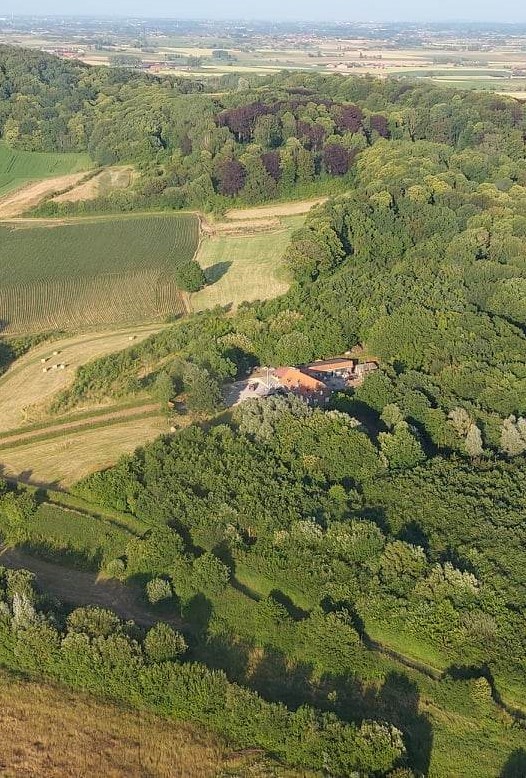Museum is temporarily CLOSED until further notice.
Small Arms
Internationally acclaimed and supported by museums and academics from around the World
The history of firearms is a fascinating subject. It is my intention, through the museum, to create a better understanding and appreciation of these pieces of history. I want to show old firearms, which are now in retirement, as interesting antiques with emphasis on their social history as much as their technical influence and development.
The purpose of this museum is to focus on the collecting and historical side providing insight into not only the firearms themselves but also the people that used them.

The Museum
The museum and information centre is a totally self-funded project put together from my personal collection and lifetime’s passion for knowledge about firearms and the First World War. The location of the museum is situated on a First World War battlefield in Belgium. The displays are very much centred on British military firearms but they also include firearms and information about the contribution made by other European nations and countries from around the World. The information centre is only available for specific requests and not open to the public.
The idea of the museum, which presently covers the period from the early 1800’s to the end of the First World War, is to explain in an easy to understand way, the evolution of firearms and the ammunition that was used during that period and how the changes in one influenced the other. The rapid changes in technology were especially noticeable during the First World War and constantly altered the tactics on the battlefield and how the war was fought. Depending on how quickly the Generals could grasp these changes depended on the success or failure of a battle and ultimately the amount of soldiers who lost their lives.
The exhibits also show the changes in the equipment needed by the soldier to counter the differences in battlefield technology during the First World War. The present museum is quite small in size but rich in content. It is intended that the museum will be expanded with a new much larger building at a later date to display the firearms and equipment covering the development brought about by the Second World War, Northern Ireland and the Falklands war.
The collection also displays many firearms that have interesting personal stories attached to their previous owners such as the Webley Fosbery in calibre .455 previously owned by William (Billy) La Touche Congreve Brevet-Major VC, DSO MC and Chevalier de la Légion d'Honneur. Several of the exhibits related to events that happened not far from where the museum is situated.
The industrial revolution of the 1850’s would not have been the same without the forgotten contribution of the firearms industry. The evolution of the firearm directly effects how we live today with the need for standardisation in engineering, mass production and the invention of screw threads without which our lives would be very different today.
The museum is constantly evolving with new exhibits added to the overall collection every week, although the displays probably will not change much until the new larger building is built.
It is intended that the museum buildings and contents plus the information centre of books, maps, papers and documents will be put into a trust so that future generations will be able to learn and take pleasure from these fascinating objects of history for many years to come.
Planned additional section of museum
Over the next year or so we will be working on a new section of the museum covering local history, specifically the fighting on the Kemmelberg where we live and the capture of the hill (including our house in April 1918). There will also be information and artefacts relating to the battle of Messines and the build-up to the battle which took place in the area at the front of our house.
When completed the museum will consist of 3 themes:
1) The story of Operation "Georgette" and the battle that was fought on the Kemmelberg in April 1918, which is where the museum is situated, along with local history of the region during the First World War. This region saw much military activity especially relating to the build up to the battle of Messines in 1917.
2) Firearms and light weapons.
3) Objects relating to the First and Second World Wars – many of which are excavated locally.